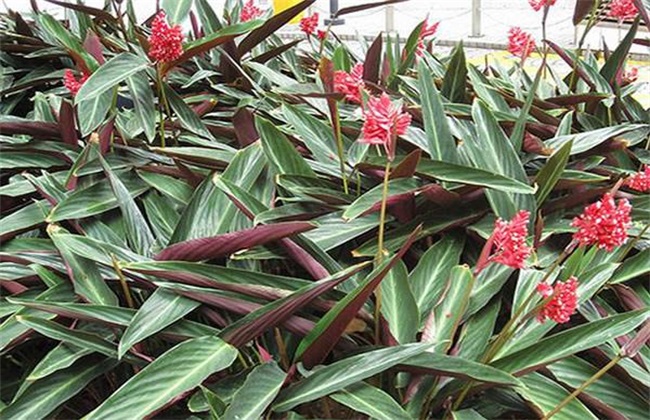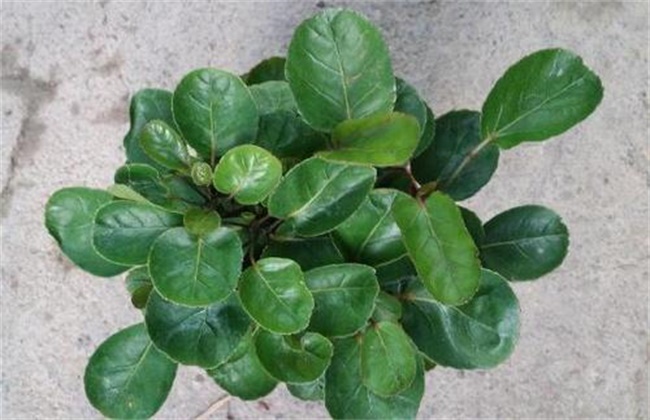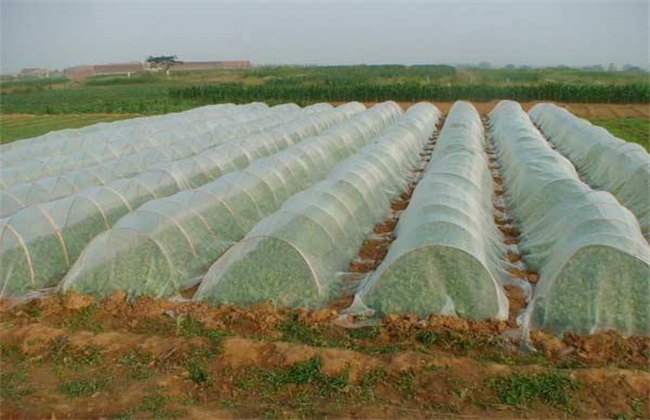Culture methods and matters needing attention of bamboo taro
Taro is a kind of foliage plant of bamboo taro family, which has high ornamental value, and its florescence is mainly concentrated in summer and autumn. Bamboo taro can not only be used for ornamental, but also can be a kind of material of bamboo taro powder, which is basically starch and has high edible value. Therefore, there are still many people who raise taro now. So how to breed bamboo taro? What should we pay attention to? Let's take a look at the culture methods and matters needing attention of taro together with the editor.

1. Culture environment
Before we plant taro, we must first understand the growth habits of taro and the suitable environment for planting. Bamboo taro generally likes to grow in a warm, humid environment, and to maintain a semi-shady environment. The cold tolerance, drought tolerance and strong light tolerance of bamboo taro are relatively poor. It is also very sensitive to changes in moisture. Therefore, we should choose a suitable soil according to the growth habits of taro. The soil environment should be based on sufficient fertility, soft and normal drainage and irrigation as the standard to ensure the normal growth of bamboo taro family.
2. Methods of reproduction
The propagation methods of bamboo taro are generally based on ramet propagation and cutting propagation. Because the survival rate of cutting propagation is lower than that of ramet propagation, it is mainly ramet propagation. Ramet propagation can be carried out all year round as long as a suitable temperature and humidity environment is maintained. When breeding, use a sharp knife to split the root mass of bamboo taro with stems and leaves, and if the reproduction quantity is not large, then the separated root block can be planted directly into the soil. If the reproduction volume is relatively large and the temperature and humidity do not meet the requirements, then the film should be covered properly. Make sure that the temperature is about 25 degrees and the humidity is about 80%, and then put the root block directly on the seedling bed.
3. Water and fertilizer management
The demand for water of bamboo taro is relatively large, but it is also necessary to control moisture according to different varieties. When the soil is slightly dry, it should be watered in time to keep the soil moist. Especially in summer, it is necessary to increase the watering frequency to avoid water evaporation too fast, and to control the amount of water in winter to improve the cold resistance of bamboo taro. In fertilization, we should pay attention to control the amount of fertilizer application, excessive fertilization can easily lead to taro burning leaves and roots. Fertilizer is mainly nitrogen fertilizer, but not too much, to avoid overgrowth of plants, but also can apply appropriate amount of phosphate fertilizer to improve the glossiness of leaves. Finally, we should take more and a small amount as the principle.
4. Points for attention
Taro likes to grow in a warm environment, so we must pay attention to controlling the temperature. When planting, the temperature should be controlled at about 20, the temperature should be cooled in time in summer, the temperature should not be higher than 32 degrees. In winter, we should do a good job in preventing cold and keeping warm, at least not less than 10 degrees. Then we should pay attention to control the light intensity, the light must not be too strong. If the light is too strong, then the leaves of bamboo taro are easy to burn and affect their growth. However, it can not be kept in a dark and weak light environment for a long time, it is necessary to provide an appropriate amount of scattered light.
The above is a brief introduction of taro culture methods and matters needing attention. That's all for today's introduction. This article is for reference only. I hope it can be helpful to everyone.
Related
- Fuxing push coffee new agricultural production and marketing class: lack of small-scale processing plants
- Jujube rice field leisure farm deep ploughing Yilan for five years to create a space for organic food and play
- Nongyu Farm-A trial of organic papaya for brave women with advanced technology
- Four points for attention in the prevention and control of diseases and insect pests of edible fungi
- How to add nutrient solution to Edible Fungi
- Is there any good way to control edible fungus mites?
- Open Inoculation Technology of Edible Fungi
- Is there any clever way to use fertilizer for edible fungus in winter?
- What agents are used to kill the pathogens of edible fungi in the mushroom shed?
- Rapid drying of Edible Fungi



